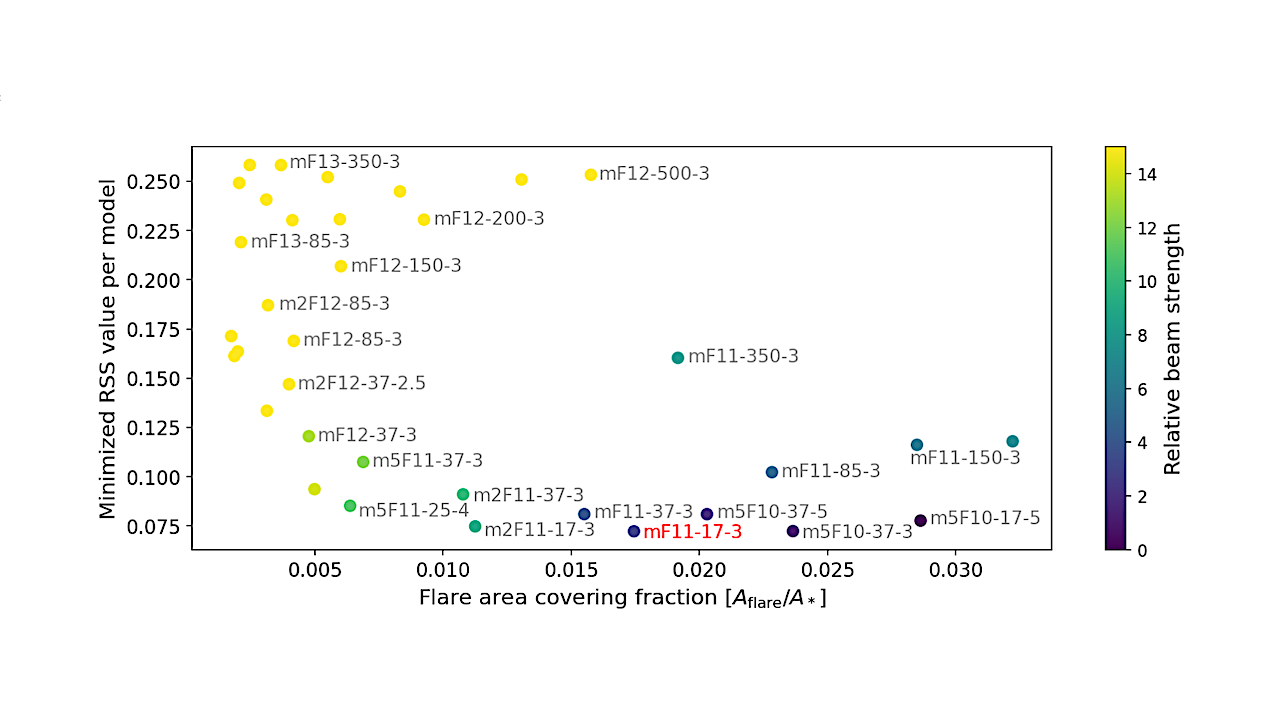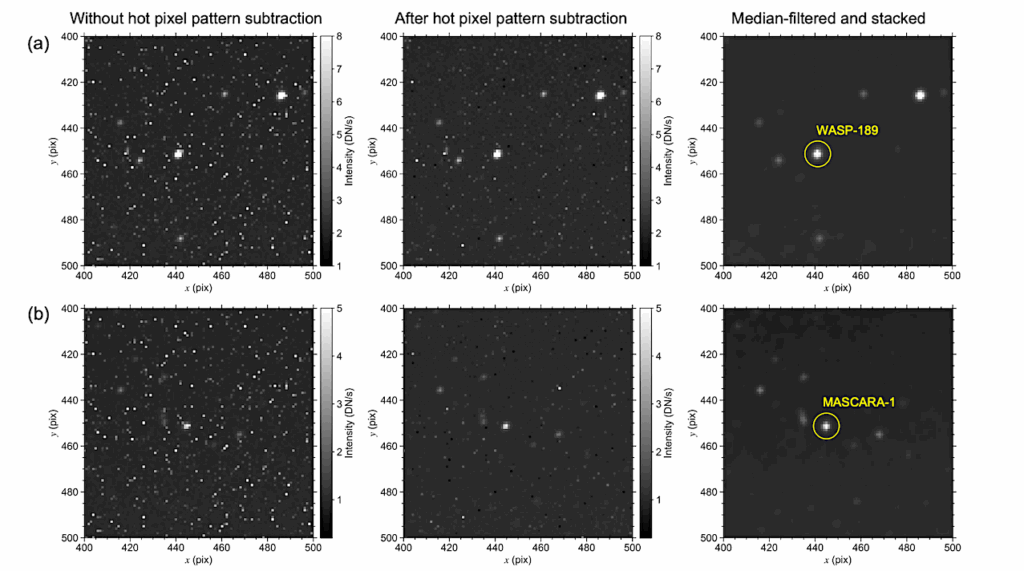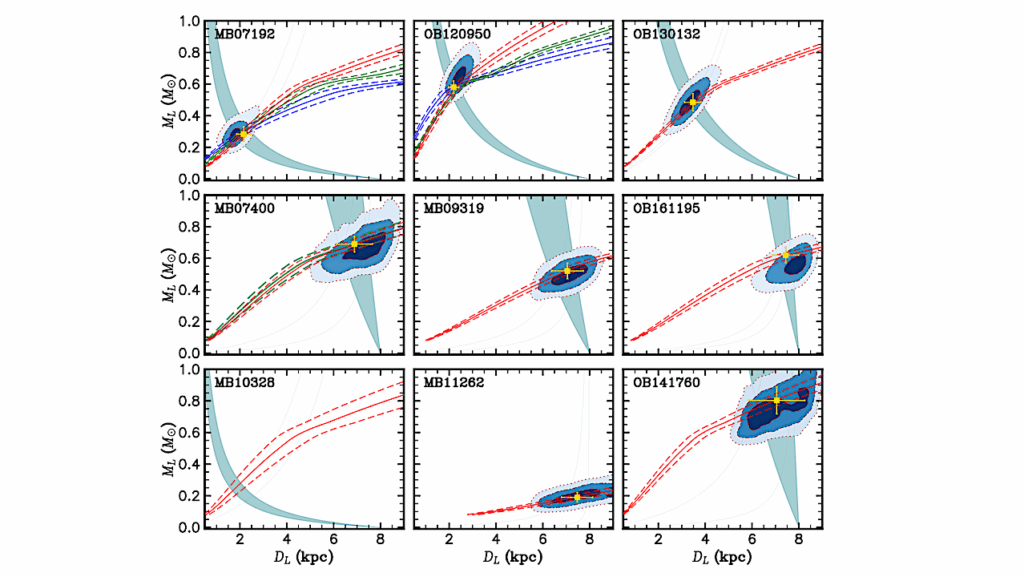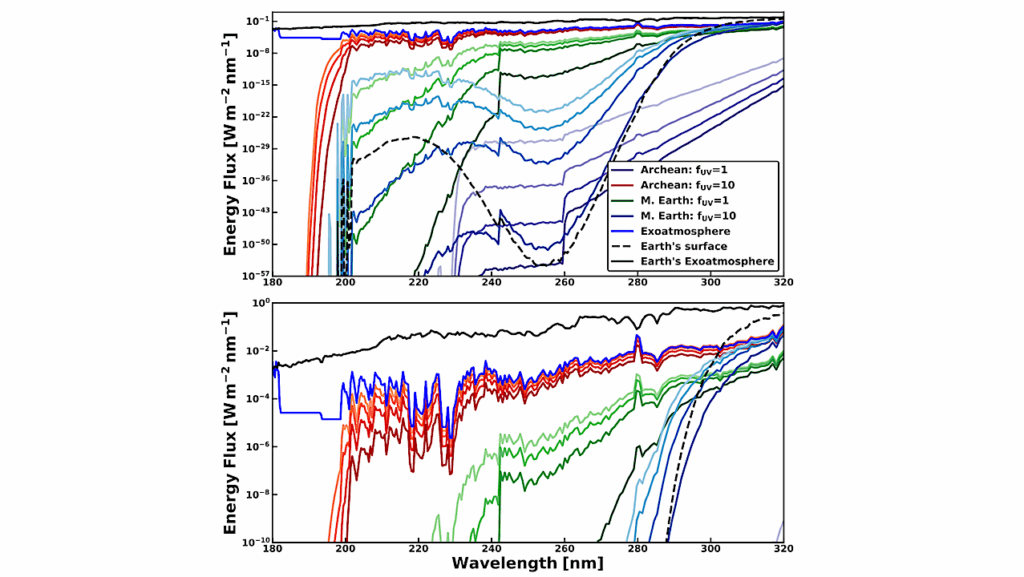Short-Term Balmer Line Emission Variability in M Dwarfs

M Dwarfs make up the majority of stars, offering an avenue for discovering exoplanets due to their smaller sizes. However, their magnetic activity poses challenges for exoplanet detection, characterization, and planetary habitability. Understanding its magnetic activity, including surface starspots and internal dynamos, is crucial for exoplanet research.
In this study, we present short-term variability in four Balmer emission lines Hα, Hβ, Hγ, and Hδ for a sample of 77 M dwarfs of varying spectral types, and binarity. Stars were observed using the MDM Observatory’s Ohio State Multi-Object Spectrograph on the 2.4m Telescope and the Modular Spectrograph on the 1.3 m Telescope.
These data are combined with TESS photometry to explore the connection between spectroscopic and photometric variability. We observe sporadic short-term variability in Balmer lines for some stars, on timescale ≳ 15-min, but much shorter than the stellar rotation period.
We calculate periods for stars lacking those measurements, re-evaluated the relationship between amplitude (Rvar)-activity relation for the Hα line from Garc´ıa Soto et al. (2023), and extended our analysis to the Hβ, Hγ and Hδ lines, which indicates that the relation becomes increasingly dispersed for higher-order Balmer lines. This is consistent with increased intrinsic variability from lower to higher order lines.
Additionally, we compute the Balmer decrement, using Hβ as the fiducial, for stars where we could measure Hγ and/or Hδ. The Balmer decrement can show distinct patterns during white-light flares, with significant differences even for the same star. We also find evidence for dark spots on TIC 283866910.
Aylin Garcia Soto, Girish M. Duvvuri, Elisabeth R. Newton, Ward S. Howard, Alejandro Núñez
Comments: 19 Pages (3 are references), 10 Figures
Subjects: Solar and Stellar Astrophysics (astro-ph.SR)
Cite as: arXiv:2502.02568 [astro-ph.SR] (or arXiv:2502.02568v1 [astro-ph.SR] for this version)
https://doi.org/10.48550/arXiv.2502.02568
Focus to learn more
Submission history
From: Aylin Garcia Soto
[v1] Tue, 4 Feb 2025 18:41:55 UTC (4,450 KB)
https://arxiv.org/abs/2502.02568
Astrobiology








